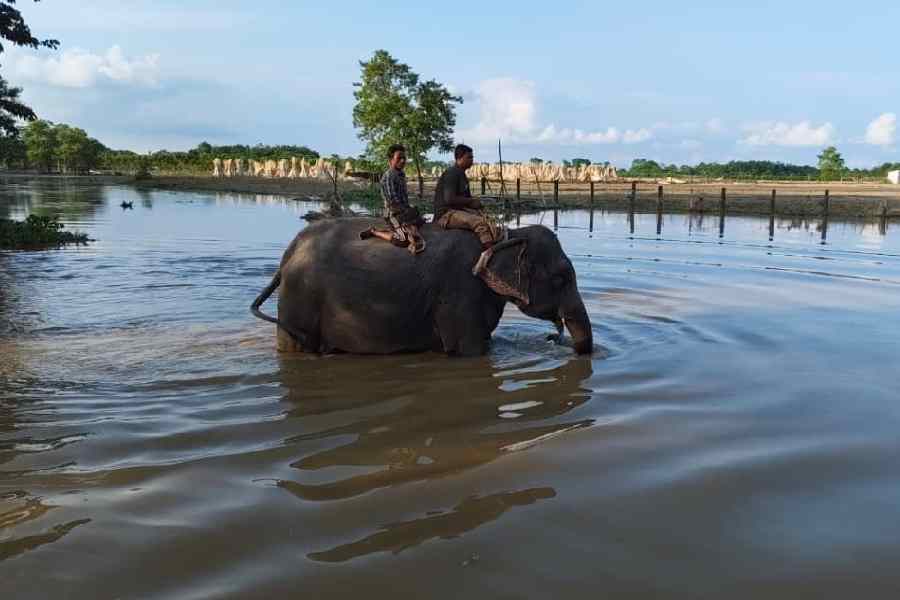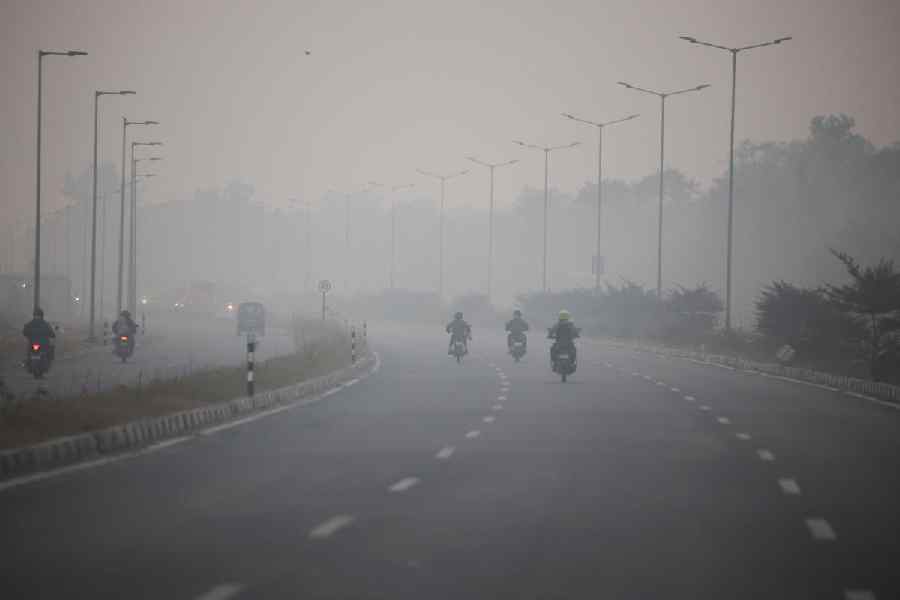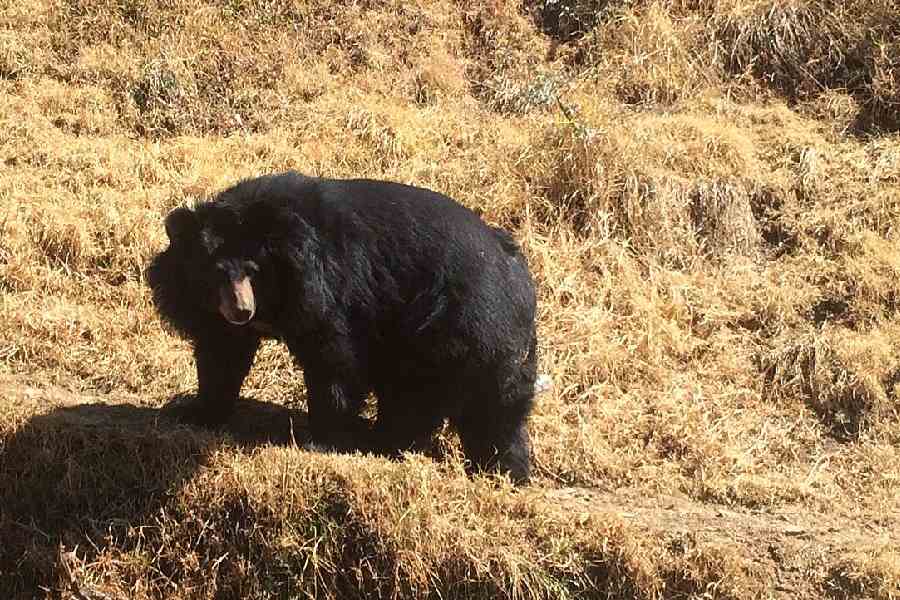When the floodwaters in the Dooars swallowed roads, broke bridges and turned forest tracts into rivers, help came from an unexpected source, the elephant.
The forest department has decided to felicitate kunkis (trained elephants) and their mahouts for their role in rescue efforts.
Ten kunkis of the forest department turned rescuers in Jalpaiguri and Alipurduar districts, helping foresters save animals and tourists trapped by the recent floods that ravaged large parts of north Bengal.
“On October 5, after the rising rivers wreaked havoc across the region and disrupted wildlife habitats, we engaged a total of 10 kunkis for rescue operations,” said Bhaskar J.V, the chief conservator of forests (wildlife-north).
“They successfully rescued stranded animals and tourists from the flooded Aranya forest lodge in Madarihat. We have decided to recognise the elephants’ contribution by rewarding the animals and their mahouts,” he added.
The elephants waded through chest-deep floodwaters, navigating broken tracks and submerged forest tracts to reach stranded rhinos, bisons, and deer swept away from the Jaldapara and Gorumara national parks.
“With the help of our elephants, we managed to return displaced animals to their natural habitats without tranquilising them,” said the CCF.
According to officials, the kunkis helped retrieve six rhinos (five from Jaldapara and one from Gorumara), two bisons — one each from the two forests — and seven deer that had strayed into fringe villages.
The elephants also rescued six tourists trapped at the forest lodge in Madarihat after the
main entrance was washed away.
The department plans to honour these elephants and their mahouts with mementoes and certificates.
Sources said even after the floodwaters began to recede, vast stretches of forest remained inaccessible, with the Jaldapara National Park among the worst affected. Reports of wild animals straying into nearby villages have become frequent, officials said.
In the Mathabhanga subdivision of Cooch Behar, two people were killed in wild boar attacks following the floods, prompting local authorities to restrict public movement in forest-fringe areas.
“Several rhinos, bison and deer drowned during the floods,” said a forest officer. “The quick intervention by our elephants prevented the loss from becoming much worse.”
A forester has said
the department currently maintains 80 pet elephants with 60 in Jaldapara and 20 in Gorumara, which
are housed at eight
pilkhanas (elephant rest camps).
Six of the pilkhanas are located in Jaldapara, and most have been affected by floodwaters that left thick layers of mud in elephant enclosures.
Restoration work is now underway.
“We have deployed quick response teams in forest-fringe areas in Jalpaiguri and Alipurduar,” said an official.
“Local health centres have also been advised to maintain an adequate stock of anti-venom in view of rising snakebites after the floods.”











